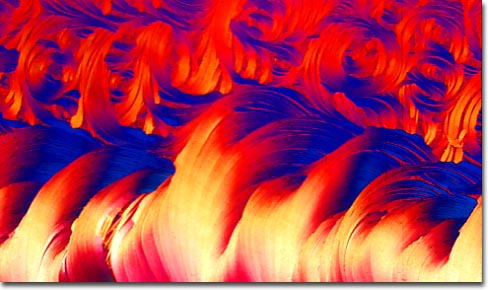|
Ochre is one of the oldest pigments ever utilized by humans, its use extending back to prehistoric times when it was applied to the walls of caves and other surfaces by means of hands and fingers. The abundant mineral, which occurs naturally around the world, contains silica, clay, and iron oxide, the source of the substance’s color. The specific pigmentation of ochre varies depending on its exact composition, enabling it to be used to create a wide range of dyes when added to water that include shades of yellow, brown, orange, red, and blue. Despite the discovery and development of innumerable other pigments, ochre continues to occasionally be utilized in the modern world, serving as a sort of link between contemporary society and primitive man.
|
